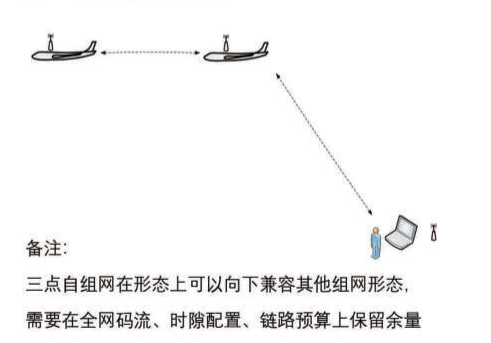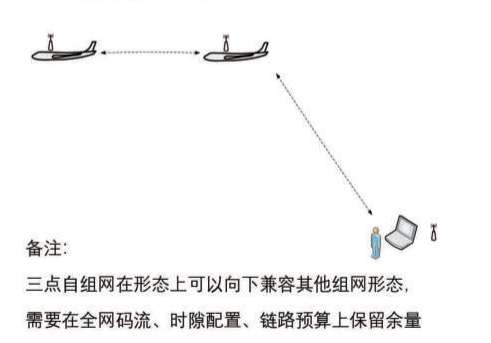The multi-point drone networking system technology, as an advanced multi-drone collaborative operation technology, is centered around connecting multiple drones into a highly coordinated aerial network through advanced communication technologies. This enables functions such as information sharing, task allocation, and collaborative operations. Below is a detailed analysis of this technology:
1. Technology Overview
The multi-point drone networking system technology refers to using drones as network nodes, integrating high-performance communication modules (such as Wi-Fi, LoRa, Zigbee, or custom drone-specific communication protocols) to achieve wireless communication networking between multiple drones and between drones and ground control stations. This technology significantly enhances the collaborative operational capabilities of drone swarms and enables efficient data transmission and information sharing in complex environments.

2. Network Architecture
The network architecture of the multi-point drone networking system typically consists of three layers: control layer, communication layer, and execution layer.
1. Control Layer: Responsible for overall task planning, scheduling, and monitoring, usually composed of ground control stations or cloud servers. Remote instructions control the behavior of the drone swarm, ensuring efficient task execution.
2. Communication Layer: This is the key to information transmission between drones and between drones and the control center. It employs wireless communication technologies (such as Wi-Fi, LoRa, Zigbee, etc.) to ensure high-speed and reliable data transmission. The communication layer must also support dynamic routing management to cope with the continuous changes in node positions within the drone swarm.
3. Execution Layer: Composed of multiple drones, this layer executes tasks (such as aerial photography, environmental monitoring, logistics delivery, etc.) according to the instructions from the control layer and provides feedback on execution status and data through the communication layer.

3. Key Technologies
1. Communication Protocol Adaptation: To achieve seamless collaborative operations between multi-point drones, it is necessary to adapt various communication protocols to ensure smooth communication between drones. This includes standard wireless communication protocols (such as the IEEE 802.11 series) as well as custom or optimized routing protocols and media access control (MAC) protocols.
2. Dynamic Routing Management: During the flight of a drone swarm, node positions continuously change, requiring real-time updates of routing information to ensure continuity and efficiency of communication. Dynamic routing management technology can dynamically select the optimal communication path based on network status and drone positions.
3. Spectrum Resource Sharing: The simultaneous operation of multiple drones may cause spectrum resource conflicts and mutual interference. Through spectrum resource sharing technologies, such as dynamic spectrum access (DSA) and cognitive radio technology, spectrum resources can be reasonably allocated, reducing interference and improving communication efficiency.
4. Data Security and Privacy Protection: In a multi-point drone networking system, the security of data transmission is crucial. Security measures, such as encryption and authentication, must be adopted to protect the security of transmitted data and user privacy.
4. Application Scenarios
The multi-point drone networking system technology has broad application prospects in multiple fields, including but not limited to:
1. Environmental Monitoring: Real-time monitoring of air quality, water quality, forest fires, etc., over a wide area, with monitoring data transmitted to the ground control station in real-time.
2. Agricultural Protection: Using drones for precise pesticide application, crop growth monitoring, pest and disease early warning, etc., improving the efficiency and quality of agricultural production.
3. Logistics Delivery: Especially in remote or inconvenient traffic areas, achieving fast and flexible delivery of goods.
4. Disaster Rescue: During natural disasters such as earthquakes and floods, using drone swarms to quickly assess disaster situations and assist rescue operations.
5. Urban Inspection: Regular inspection of urban infrastructure (such as power lines, bridges, etc.) to improve maintenance efficiency and reduce labor costs.
5. Future Outlook
With continuous technological advancements and further cost reductions, multi-point drone networking system technology is expected to demonstrate its unique value and charm in more fields. In the future, this technology is anticipated to play an important role in military reconnaissance, air traffic management, resource exploration, and other areas, promoting the development of drone systems to a higher level.

